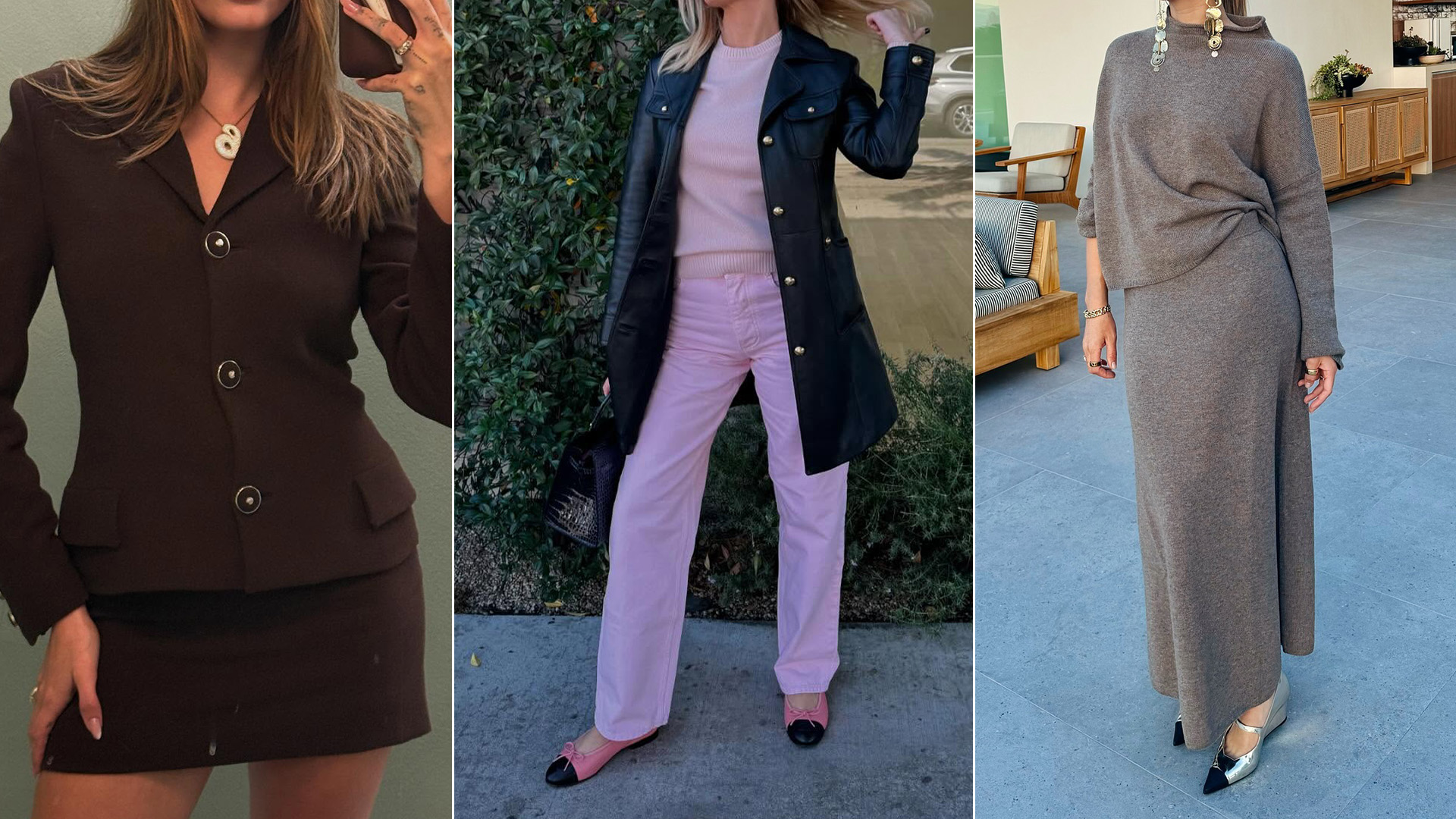The world suffered a loss this week, as American luminary Ron Popeil passed away at the age of 86 in a Los Angeles hospital. While younger readers may have never heard of the original TV pitchman, they’ve surely come in contact with his work, his influence and his proteges, including long-form infomercials for things like OxiClean or the ShamWow.
But wait, there’s more…
That ubiquitous phrase that appears in every infomercial – usually preceding the “special TV offer” to sweeten the purchase pot – was pioneered by the father of the American infomercial himself in Popeil’s early days in 1959, when he appeared in his first TV commercial pitching the many wonders of the Ronco Veg-o-Matic food dicer.
Debuting the dramatic style that went on to become his calling card, Popeil opened his career in sales with a modest pitch: “I’m going to show you the greatest kitchen appliance ever made.”
But he was elevated from salesman to cultural icon in the 1980s, when looser federal regulations on TV ads allowed the long-form commercials of 30 minutes or more to become a staple of late-night and weekend programs across the expanding cable dial. And though he was best known for hawking a chicken rotisserie that consumers could safely “set it and forget it” or “great-looking hair in a can” (see below), Popeil’s signature innovation was his high-energy style that introduced an everyday problem in dramatic terms – followed by a miracle solution made possible by the power of some kind of amazing science.
Though one can easily see Popeil’s legacy in the luminaries of infomercials that followed in his high-energy footsteps – Billy Mays and Vince Offer spring to mind – the infomercial’s influence is bigger than one might imagine. Even in the present day, there is no shortage of livestream sellers on Instagram and TikTok doing pretty compelling Ron Popeil imitations, even if they don’t know they’re doing it.
The Influential World of the Infomercial
When one thinks of infomercials, their first thought is likely of the weirder products sold to consumers in the wee hours: the Pump-N-Seal, a vacuum sealer for sandwich bags; the Snuggie, the blanket you can wear; or the UroClub, a nine-iron golf club that doubles as a portable urinal.
But as silly as the products can sound, infomercials are serious business: They generated over $300 billion in sales in 2019, according to reports. Trish Dowling, senior vice president of merchandising at Allstar Innovations, a longtime leader in this infomercial space, noted that their power stems as much from the format as from the products themselves.
“We are in all categories. It’s not about a category. It’s about the emotion and impression that the product makes on the public,” she said.
While infomercials sell a lot of goods directly, their influence runs a bit deeper than that. The first official infomercial aired in the U.S. in 1985 – slightly ahead of QVC’s initial launch that same year, and preceding the Home Shopping Network’s national launch by a few months. And while televised home shopping was a separate animal from the infomercial, their early days looked very similar: dramatic presentations, special offers for TV viewers and, of course, a limited supply that required viewers to act now(!), lest they lose out on a once-in-a-lifetime buying opportunity. And home shopping has since grown into a multi-billion-dollar annual sales machine – one that has the likes of Ron Popeil to thank for his innovatively enthusiastic and earnest sales style.
The Infomercial in the Information Age
It might be tempting to consider infomercials a relic of commerce’s past, supplanted by livestreamed commerce and its focus on authenticity and “real” consumer connections. But apart from the sales format being a multi-hundred-million-dollar business in its own right, there are legions of sellers on social media platforms borrowing a few pages from the classic infomercial playbook.
The excitement is perhaps a bit toned-down, and the classic catchphrases like “but wait… there’s more!” come up less often. But an upbeat attitude? Check. Urgent presentation of a day-to-day problem that “everyone faces?” Check again. Finally, the offer of a “revolutionary hack” proven by science to change life as you know it? Also check.
It might not look exactly like the infomercials of the past, and the health and beauty products are not quite as outlandish. But the classic sales style pioneered by Ron Popeil is still alive, well and influential in the modern age. Even among influencers who may not know exactly who’s influencing them.







